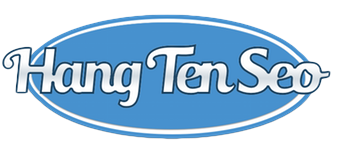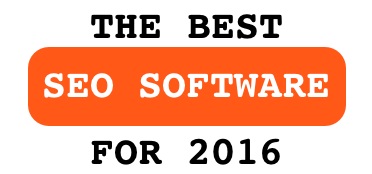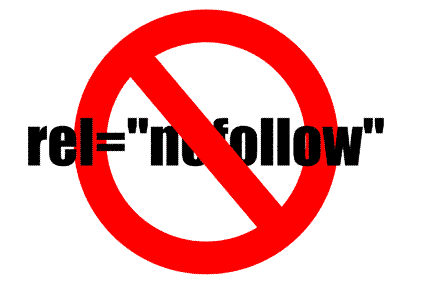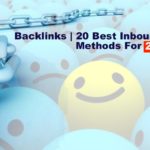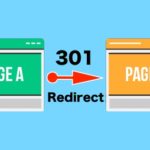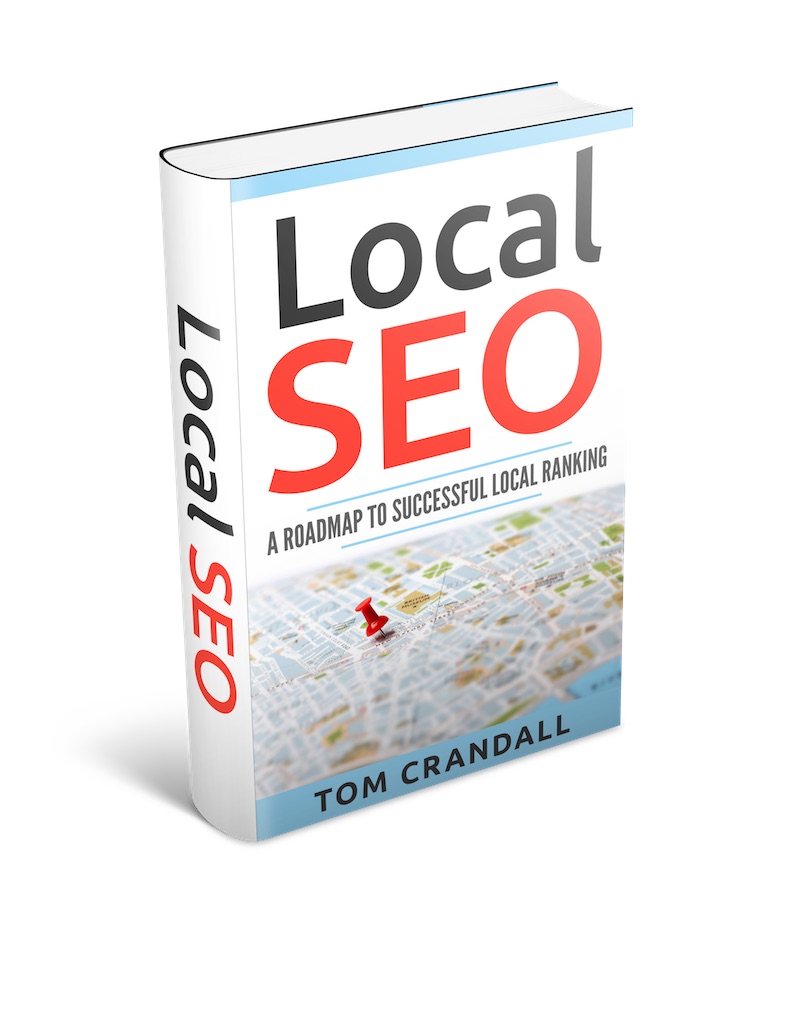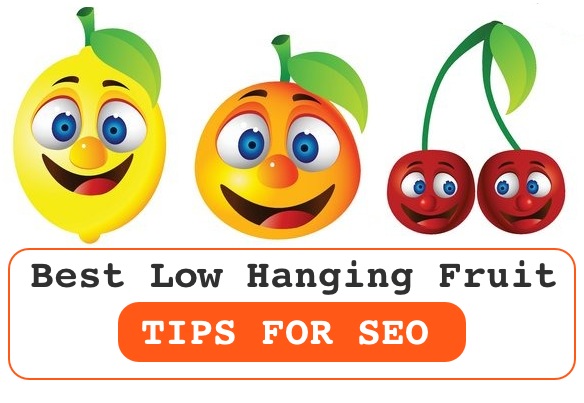
We are bringing you some of the Best Low Hanging Fruit Tips For SEO. There are a lot of ways to slice and dice SEO and some ways take much longer to see results. Below are ways in which we think you will be able to optimize your website to quickly get up to speed and boost your page rankings.
- Perform A Site Audit
- On Page SEO Review
PERFORM A SITE AUDIT
By far the easiest and quickest Site Audit is to use SEO SiteCheckup. The software is easy to use, simply plug in your URL and within minutes you will have a report detailing what is right and wrong with the website. The report generated is fantastic and shows you lots of ways to improve your overall website SEO score.
Screaming Frog SEO Spider is another fantastic FREE tool that you can run on a website to determine broken links, duplicate content, h1, h2 and title tags. Unlike most of the software mentioned in this article, Screamingfrog requires you to download the software and install it. On the upside it’s fast and super easy to use.
Quick fixes include identifying
- Missing and duplicate H1 and H2 tags
- Missing and duplicate page titles and meta descriptions
- Missing ALT tags in images
- 404 errors
- Duplicate pages
ON PAGE SEO REVIEW
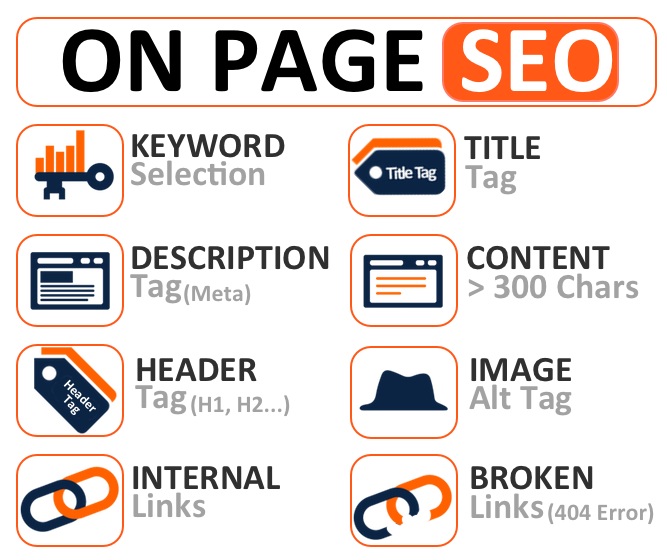
How Do You Perform On Page SEO?
When performing On Page SEO, using tools like Screaming Frog will quickly give you an idea of which pages need attention.
KEYWORD SELECTION
Choosing the right KEYWORDS can really influence your overall SEO performance. Going after highly competitive keywords will usually lead to low search rankings. When choosing keywords use tools like Google’s Keyword Planner | Moz Keyword Explorer | Uber Suggests.
TITLE TAG
A Title tag is the main way you have to describe what a page or post is going to convey. Your TITLE tag, Meta Description and Keywords are the most important influencers of page/post rank. Titles should consist of no more than 50 to 60 characters and should include the main keywords. The words at the beginning of the Title have a higher relevance score

You can find the Title used in
- External Websites Links
- Search Engine Results Pages (SERPs)
- Browsers
DESCRIPTION TAG | META DESCRIPTION
The Description or Meta Description tag should consist of somewhere between 150-160 characters.

CONTENT
Is all about producing quality. You want to create something others will WANT to read, link to and share. Search engines love new content and keeping your content fresh and reliant can go a long way to keeping it high in the rankings. In Video, Story is KING. In SEO content is KING. Google and other search engines will reward good content and eventually weed out bad content. When writing content think of these factors
- Provide reasons for users to stay on your page
- Provide actual value for them to share or bookmark
- Provide a call to action
HEADER TAG
The Header tag consists of using H1, H2, H3 tags. H1 has the most page rank priority, followed by H2 and so on. For a post or page, there should only be one h1 used. It’s common practice to include the main keywords in the H1 tag and then variations of them in the H2 and below.

IMAGE TAG | ALT TAG
allows search engines to interpret an image’s subject matter. Google’s ranking algorithm places a relatively high value on the Alt text to not only determine what is in the image, but also to make sense of the surround text.

INTERNAL LINKS
Your internal link structure is important because Google’s algorithm uses the link structure to RANK it’s usefulness. Sites that have a lot of internal links, tend to be thought of as having a higher “BIG SITE” factor and may influence Google’s overall rating algorithm score. Internal links also have the extra benefit of providing better navigation for users and the potential to keep users engaged in the website longer.
In terms of SEO, it’s good practice that each page or post on your website have at least one internal link, preferably 2 or 3.
Why are Internal Links Important for SEO?
Your internal link structure is important because Google’s algorithm uses the link structure to RANK it’s usefulness. Sites that have a lot of internal links, tend to be thought of as having a higher “BIG SITE” factor and may influence Google’s overall rating algorithm score.
- Improve Search Engine Bot Crawl Rate: When Search Engines Bots crawl your website, the internal links help the bots reach other content they may otherwise omit.
- Improved User Experience: In most cases, internal links improve the user experience by allowing users to traverse the site without leaving.
- Anchor Text: Anchor Text help search engines understand what is actually being linked.
- Improved Page Ranking: For now it appears that internal links also help boost other pages relevancy scores, similar to external backlinks.
BROKEN LINKS | 404 ERRORS
By far probably the easiest problem to fix are broken links known as 404 errors. When ever a search engine bot craws a website and then crawls the link, if the link’s URL isn’t found, a 404 error is returned.
Using the Google Search Console’s crawl error report will show you the 404 errors and what page the 404 error has occurred.
